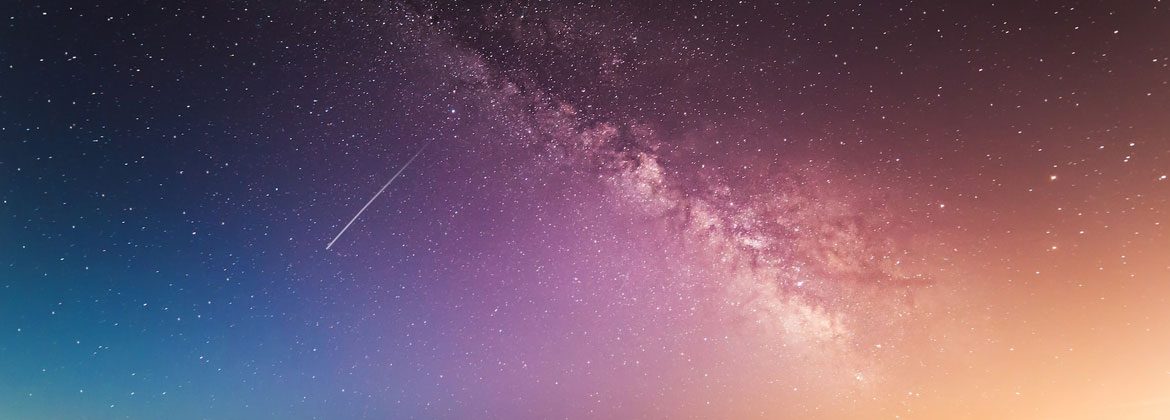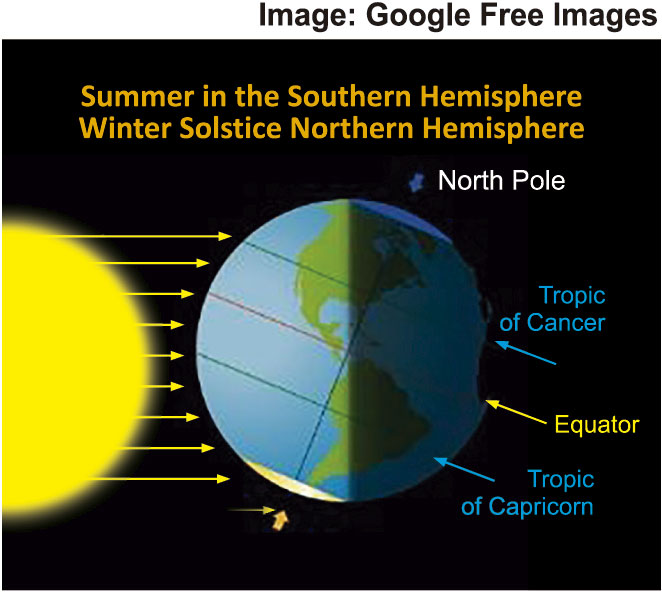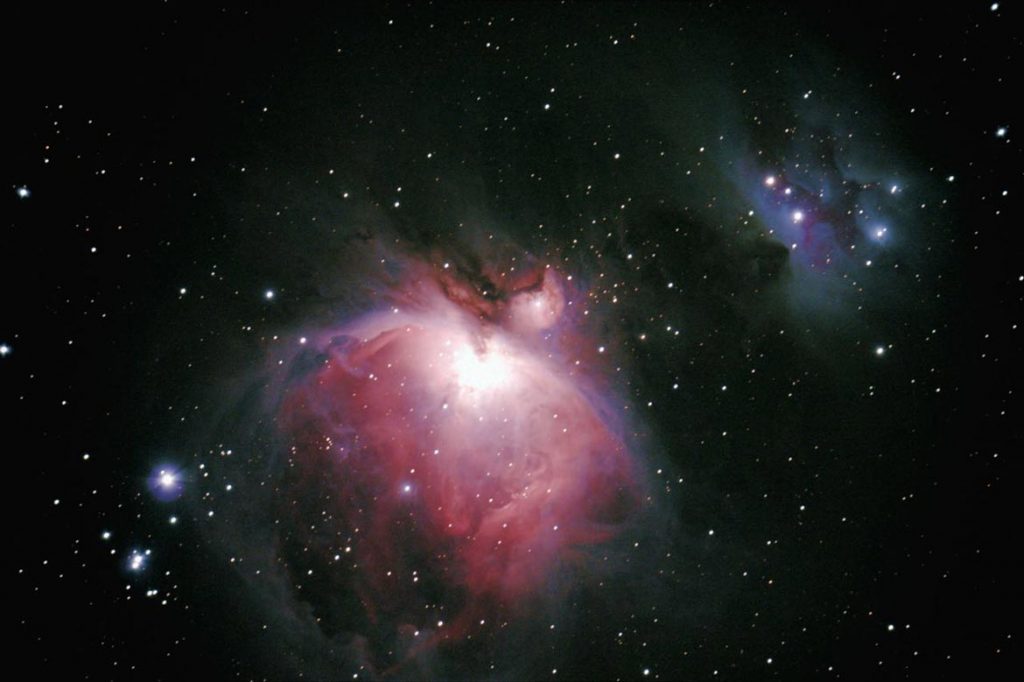Astronomical Ephemeris – December, 2022
Astronomical Ephemeris – December, 2022


The end of the year has arrived, a time when it is common for people to analyze how the cycle that is about to end has been lived, as well as planning the one that will soon begin. It seems that nature also favors this reflection, especially with the event of the solstice, which marks the change of seasons, with the arrival of summer in the Southern Hemisphere and winter in the North. It’s time for transformation, in nature and also within those who are open to this possibility.
The solstice will occur on December 21. Due to the difference in sunlight incidence, the Southern Hemisphere will have the longest day of the year and the Northern Hemisphere the shortest.
This difference in insolation happens because the Earth’s axis of rotation, its polar axis, has an angle of inclination of 23º27′ in relation to the plane of its orbit around the Sun – its translational movement – making the north and south poles of the Earth sometimes tilt towards the Sun, sometimes away from it.

Other astronomical events observable around the world
December 21
Mercury will be observable in the geographic west direction, in the constellation of Sagittarius, in the beginning of the night.
The most intense meteor shower of the year, the Geminids, active from December 4 to 20, will peak on the 13th and 14th. The average production can reach up to 120 bright and colorful meteors, considering a clear sky and no light interference; but, on those days, the Moon will be 72% full, which will cause significant light interference.
Observable in the geographic east direction from sunset and throughout the night in the northern hemisphere. In the southern hemisphere, observable just before midnight and throughout the night.
On certain days of the year, the Earth, in the execution of its orbit, passes through dense flows of debris left behind by comets and asteroids that, when colliding with its atmosphere, normally burn at an altitude of 70 to 10 km, originating the event “Meteor Shower”.
The name Geminids is due to its radiant (the point where meteors appear to originate) being located in the constellation Gemini. The parent object that gives rise to the Geminids was identified as asteroid 3200 Phaeton.
December 1 – Conjunction between Moon and Jupiter
Observable in the geographic west direction, in the constellation of Pisces, throughout the night.
December 8 – Conjunction between Moon and Mars
Observable crossing the sky from geographic east to west, in the constellation Taurus, from early evening to mid-dawn.
December 24 – Triple conjunction between Moon, Venus and Mercury
Observable in the geographic west direction, in the constellation Sagittarius, in the evening twilight.
December 26 – Conjunction between Moon and Saturn
Observable in the geographic west direction, in the constellation of Capricorn, in the early evening.
December 29 – Moon-Jupiter Conjunction
Observable in the geographic west direction, in the constellation of Pisces, in the first half of the night.
December 8 – Full Moon
December 16 – Last Quarter
December 23 – New Moon
December 29 – First Quarter
Sources: jpl.nasa.gov/calendar / solarsystem.nasa.gov / in-the-sky.org / Stellarium.org / earthsky.org / IMO – International Meteor Organization – imo.net/resources/calendar / AMS – American Meteor Society – amsmeteors.org/meteor-shower / eclipse.gsfc.nasa.gov

The astronomical ephemeris are a monthly schedule prepared by the Astronomy Sector, which is one of
the 12 that make up the PRÓ-VIDA Laboratory Department. In the department, studies, research and scientific experiments related to various topics are developed, as well as field activities and lectures.

The astronomical ephemeris are a monthly schedule prepared by the Astronomy Sector, which is one of
the 12 that make up the PRÓ-VIDA Laboratory Department. In the department, studies, research and scientific experiments related to various topics are developed, as well as field activities and lectures.




